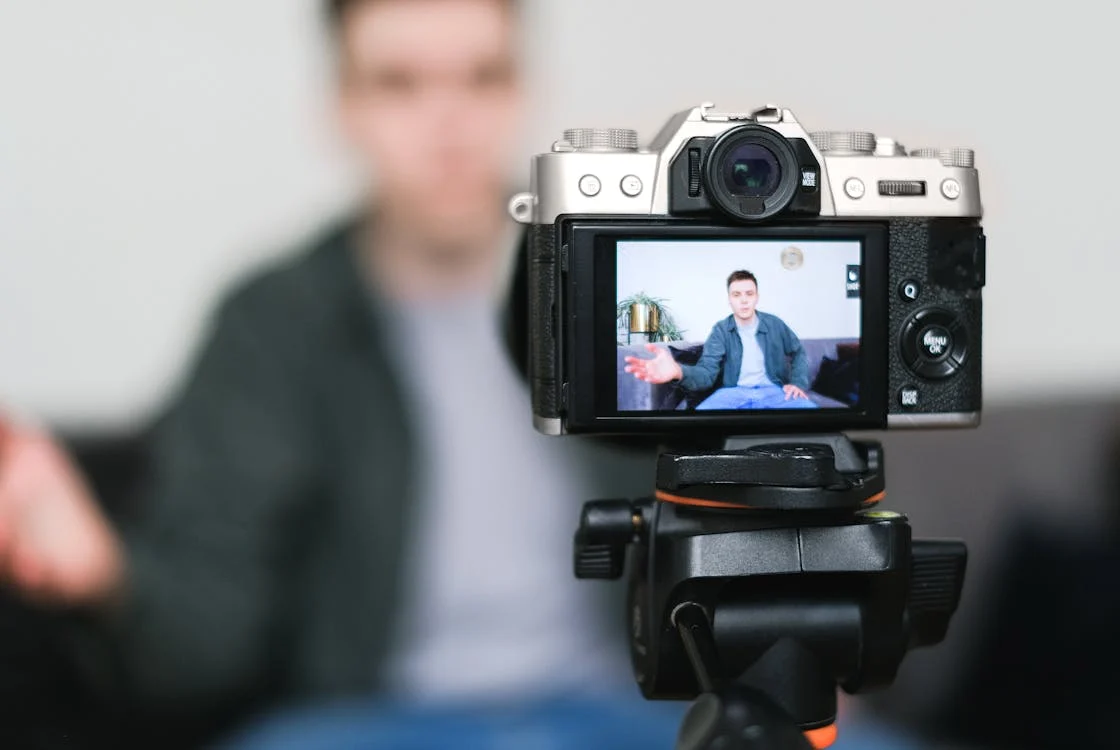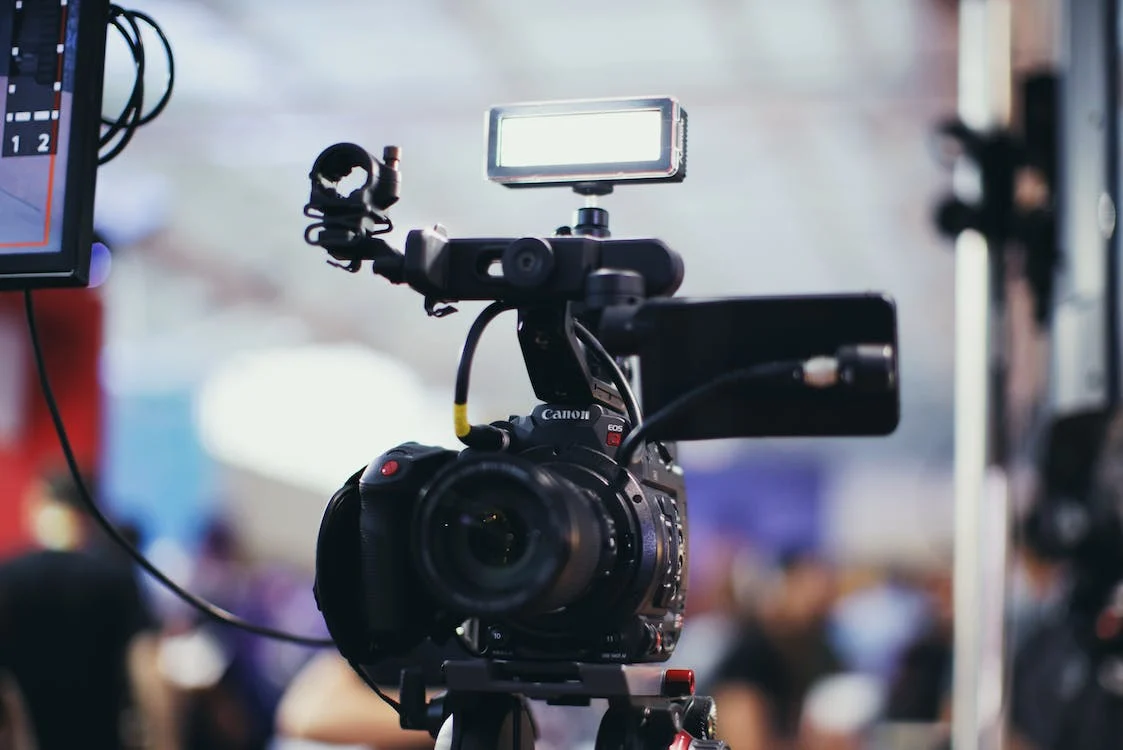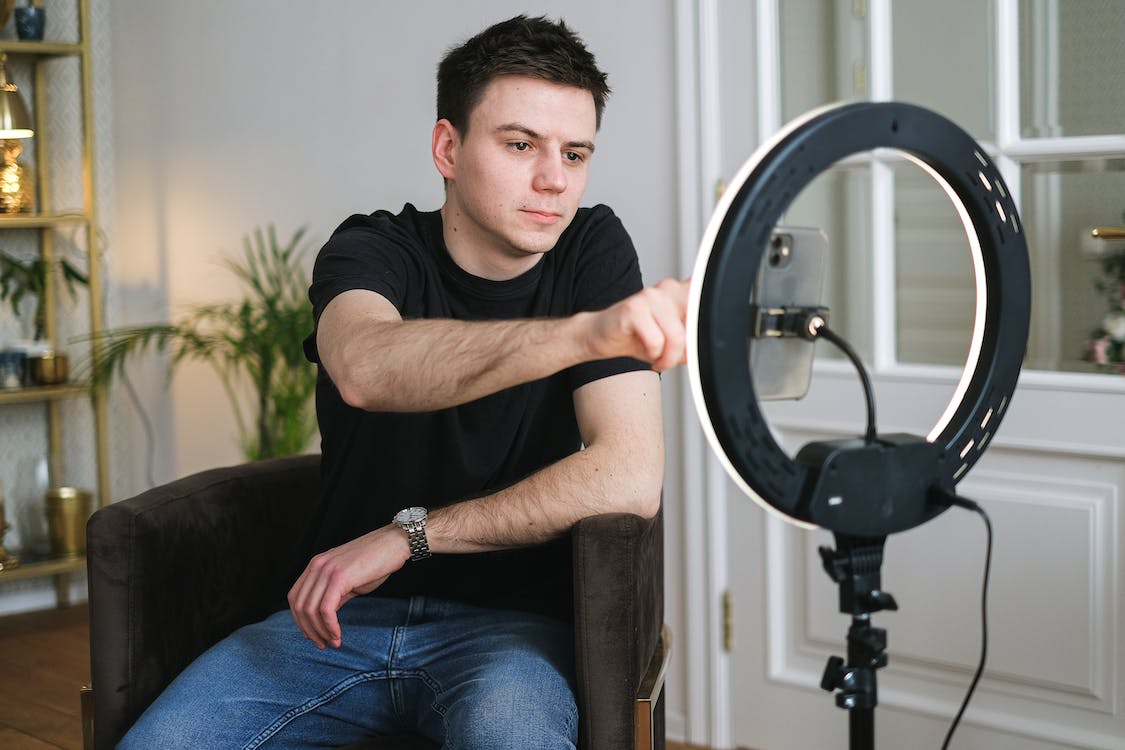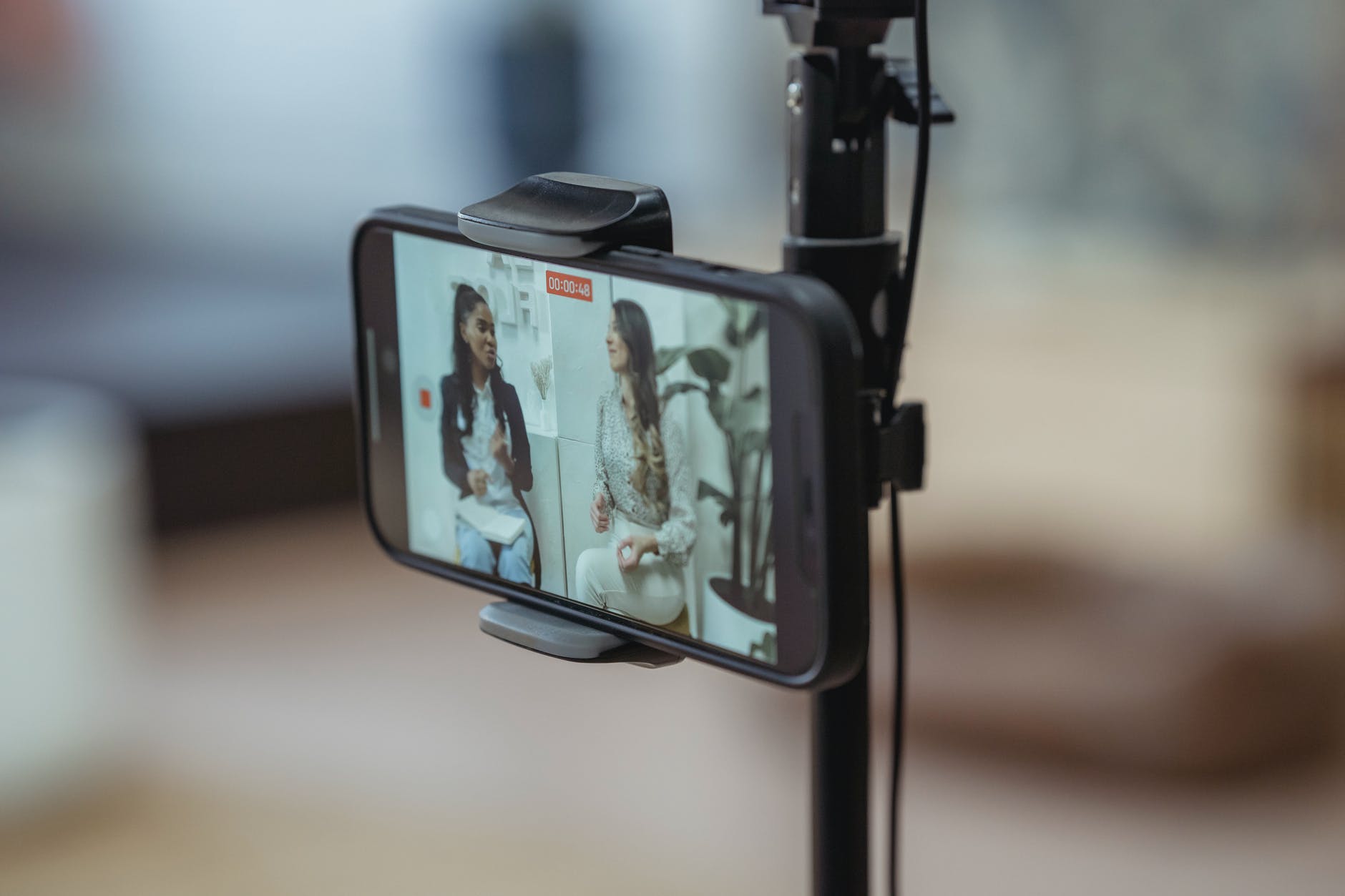How Long Should You Spend on a Self-Tape?
Let’s review a hypothetical breakdown
(By Jim Webb)
 (Photo: Anna Shvets | Pexels)
(Photo: Anna Shvets | Pexels)
RELATED:
Where Do You Look When Self-Taping?
Should I Sit or Stand When Filming a Self-Tape?
How long should you spend making a self-tape?
The answer depends on lots of different factors, but generally speaking, making a quality self-tape will take anywhere from 1 – 4 hours.
Here’s a hypothetical breakdown:
Preparation: 30 minutes to several hours
 (Photo: Bruno Massao | Pexels)
(Photo: Bruno Massao | Pexels)
The bulk of your self-tape success is determined by how well you prepare before the camera even starts rolling. This involves reading and understanding the script, researching the character, memorizing your lines, and determining your choices for the performance.
How long you spend on preparation can vary:
For short, simple scenes: You might need 30 minutes to an hour to go over the material, make key decisions, and memorize your lines. If the role is straightforward and doesn’t require heavy emotional work, your preparation time may be shorter.
For complex or emotionally demanding scenes: You should spend more time diving into the character and fully understanding the emotional beats. This could take several hours or even a full day, depending on how challenging the role is.
Tip: Don’t rush this step. A well-prepared performance will always shine through on camera.
Setting Up Your Equipment: 15 to 30 minutes
 (Photo: Anna Shvets | Pexels)
(Photo: Anna Shvets | Pexels)
One of the advantages of self-taping is that you have control over the technical aspects of the audition. However, setting up your space can take time, especially if you’re new to the process.
Lighting: Make sure you’re well-lit and free of shadows. Natural light is great if you have it, but if not, using softbox or ring lights can do the trick.
Sound: Ensure your audio is clear by using an external microphone if possible. You’ll also want to choose a quiet, distraction-free location.
Camera position: Set your camera at eye level, framing yourself from the chest or waist up unless otherwise specified in the casting instructions. Double-check that you’re centered in the shot and that your background is simple and uncluttered.
Give yourself 15-30 minutes to get everything set up properly. Once you’ve done this a few times, you’ll likely be able to set up faster, but it’s always worth taking your time to get the best result.
Rehearsal and Recording: 30 to 60 minutes
 (Photo: Ron Lach | Pexels)
(Photo: Ron Lach | Pexels)
Once you’re ready to start filming, you should give yourself enough time to rehearse and capture a few takes. Even if you feel confident after one take, it’s a good idea to try different versions to ensure you’ve given your best performance.
Rehearse on camera: Do a few dry runs in front of the camera to get comfortable with the setup and adjust for any technical issues.
Film several takes: Aim for three to five takes of each scene. This allows you to experiment with different line readings, emotions, and choices while giving you options to choose from when you review the footage. Don’t overdo it, though—after a certain point, your performance can start to feel forced.
Watch your takes: Take a moment to review each take after you film it. Make sure you’re happy with your framing, sound, and lighting. If something feels off, adjust and re-shoot.
Editing (if needed): 15 to 45 minutes
 (Photo: Andrea Piacquadio | Pexels)
(Photo: Andrea Piacquadio | Pexels)
Once you’ve filmed your best takes, you might need to edit them together, especially if the audition requires multiple scenes. Editing can be simple—cutting together your best takes—or more involved if you need to add slates or adjust audio levels.
If you’re comfortable with editing software, this step shouldn’t take more than 15 to 45 minutes. Keep it simple and professional—casting directors are focused on your performance, not fancy edits.
Final Review and Submission: 10 to 15 minutes
 (Photo: George Milton | Pexels)
(Photo: George Milton | Pexels)
Before submitting your self-tape, review the final product. Watch the video all the way through to ensure that:
*Your best takes are included
*There are no technical glitches (bad sound, poor lighting, etc.)
*The file is named correctly, per the casting instructions
*The format is what the casting director requested (usually .mp4 or .mov)
After reviewing, give yourself 10 to 15 minutes to upload and submit your tape through the requested platform (e.g., WeTransfer, Eco Cast, Casting Networks).
Total Time Estimate
 (Photo: Energepic.com | Pexels)
(Photo: Energepic.com | Pexels)
Here’s a rough breakdown of how long the entire process might take:
Preparation: 30 minutes to several hours
Setup: 15 to 30 minutes
Recording: 30 to 60 minutes
Editing: 15 to 45 minutes
Final review and submission: 10 to 15 minutes
In total, you might spend 1 to 4 hours on a self-tape, depending on the script and your level of preparation. The more familiar you become with self-taping, the quicker the process will be, but it’s essential not to rush any steps to ensure a high-quality audition.



